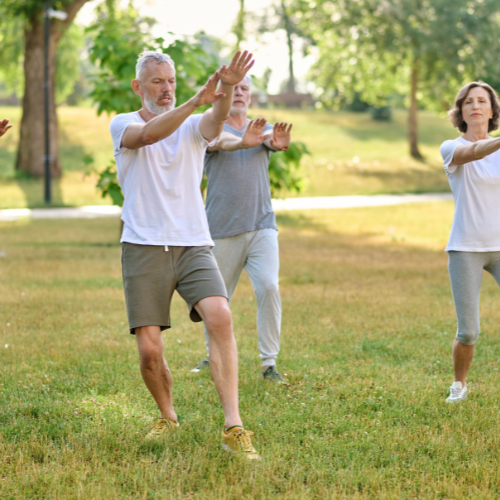Many patients who come to me for pain relief (pain management)comment that my acupuncture approach is truly unique and remarkably effective. Today, I’d like to pull back the curtain on my training lineage and the features that distinguish my methods.
I: Master Lin Liang-chuan, Taiwan’s Grandmaster of TCM Orthopedics
Master Lin comes from a long line of Taiwanese bone-setting specialists, and apprenticed under a teacher who brought the family’s ancestral orthopaedic techniques from mainland China to Taiwan. He founded the Lin School of TCM Orthopedics and earned a world-renowned reputation as Taiwan’s foremost expert in bone-setting. In his heyday, patients would wait up to a year just for a consultation with him.
I studied intensively with Master Lin from 2017 to 2018, learning his manual and needling techniques in a systematic curriculum, and I was honored to become his first disciple in New Zealand.
II: Grandmaster Guo Ting-ying, Acupuncture Virtuoso
Grandmaster Guo represents the fifth generation of his medical family and, now in his eighties, is one of the oldest living acupuncture masters in China. Hailing from my native Shanxi province, he’s affectionately known as “One Needle Guo.” With over sixty years of clinical experience, his refined needling style has achieved miraculous results in treating pain.
III: The Late Grandmaster Wang Ju-yi, Meridian Diagnosis Pioneer
Some of my acupuncture techniques were transmitted to me through Master Wang Ju-yi’s disciples. Master Wang was celebrated for his skillful meridian-based diagnosis and his integration of needling with herbal therapies.
Building on these three pillars of training—Master Lin’s expertise in TCM Orthopedics, Grandmaster Guo’s precision needling, and Master Wang’s meridian diagnostics—I have combined my own experience in pulse diagnosis and internal medicine. As a result, I achieve not only rapid relief for acute pain but also effective, sustainable results for chronic pain rooted in deficiencies of qi and blood.
My Treatment Features
Bimanual Pulse Assessment for True Deficiency vs. Excess
Simply needling the painful area without pulse evaluation can overstimulate patients whose qi and blood are already deficient—worsening their condition. By taking pulses with both hands, I accurately distinguish deficiency from excess before treatment.Balance of Firmness and Gentleness
Lin’s methods emphasize broad, forceful regulation of the meridians, while Guo’s technique focuses on delicate, localized refinement. Combining these “hard” and “soft” approaches ensures a comprehensive therapeutic effect.“Dynamic Qi” Needling for Rapid Results
Rather than having patients lie still, I incorporate movement with the needles in place. Although there may be initial discomfort, patients often find that as they move, the pain rapidly subsides.Integrated Acupuncture and Herbal Therapy
For stubborn pain conditions, I pair needling with targeted herbal formulas. This dual approach not only relieves pain but also addresses underlying imbalances—promoting holistic improvement in the body.
I hope this overview gives you a clear picture of my training background and the distinctive methods I use to treat pain and orthopaedic issues in TCM. If you have any questions about how these techniques might help you, please feel free to reach out!
Published @June 6, 2024 | Author Max Ma | TCMDrMa All Rights Reserved


















When Will You Consider Turning to Holistic Chinese Medicine?
Why Traditional Chinese Medicine Should Not Be Evaluated Solely by Double-Blind Studies
When faced with health challenges, do you choose the easy mode or the hard mode?
How does TCM clear bad obsessions?
Treatment Insight: Exploring Far and Near Perspectives
Talk about how to prevent rheumatoid arthritis from daily habits
Signals of disease improvement that should not be ignored
Care of children after being vaccinated against COVID-19
What are the prevention and treatment misunderstandings that should be avoided under the New Zealand Covid-19 pandemic?
Talking about the Side Effects of COVID-19 Vaccine from the Perspective of Traditional Chinese Medicine